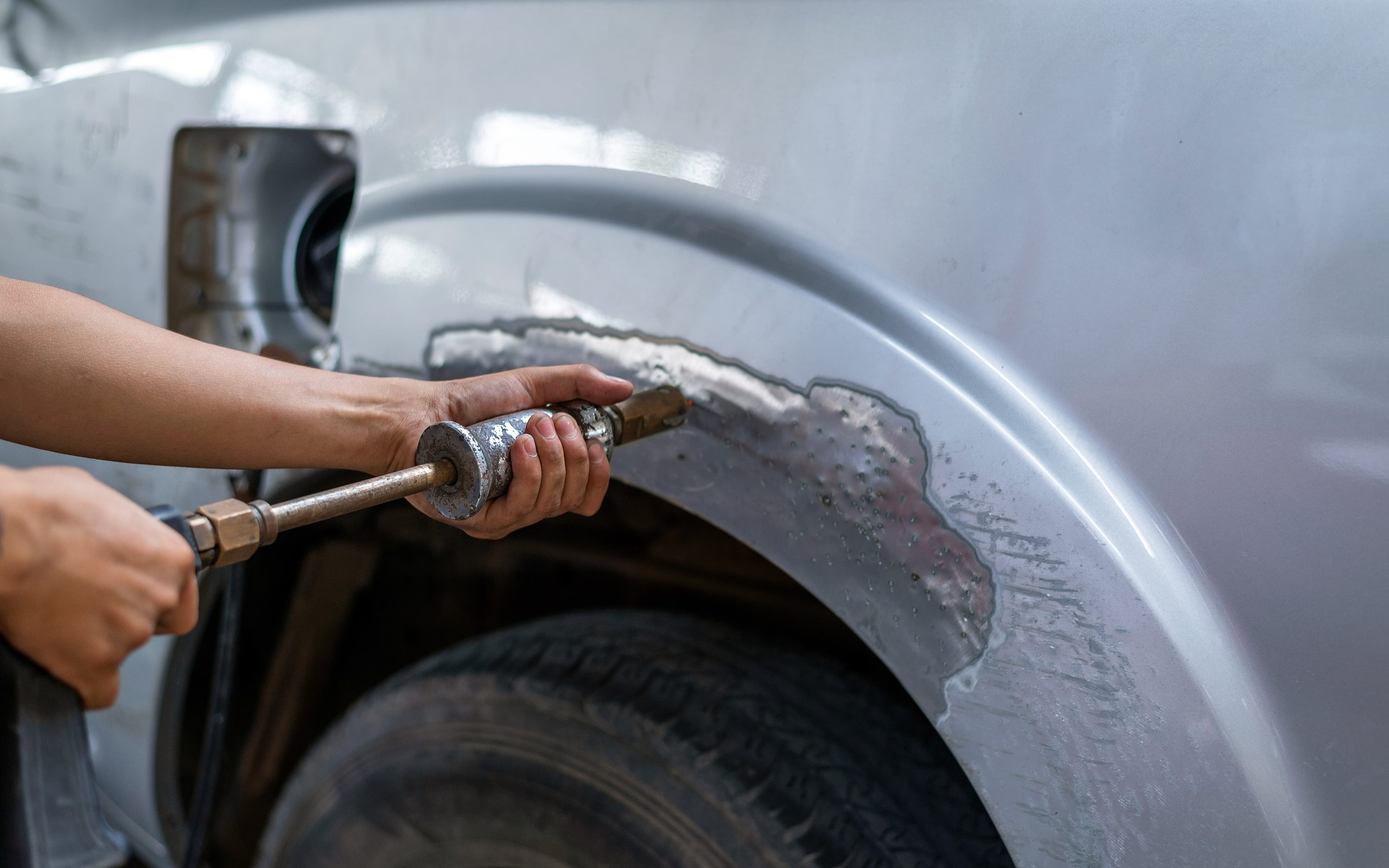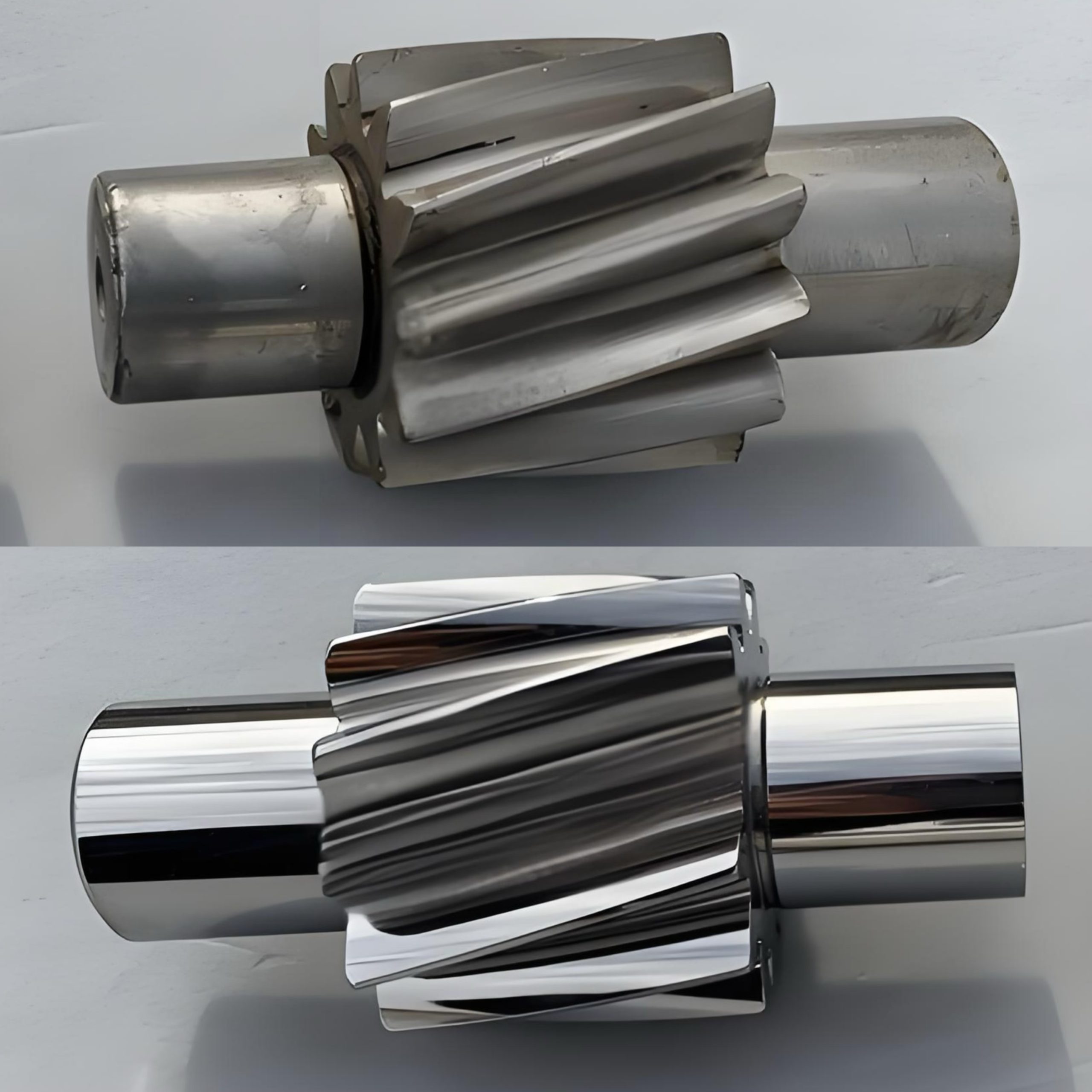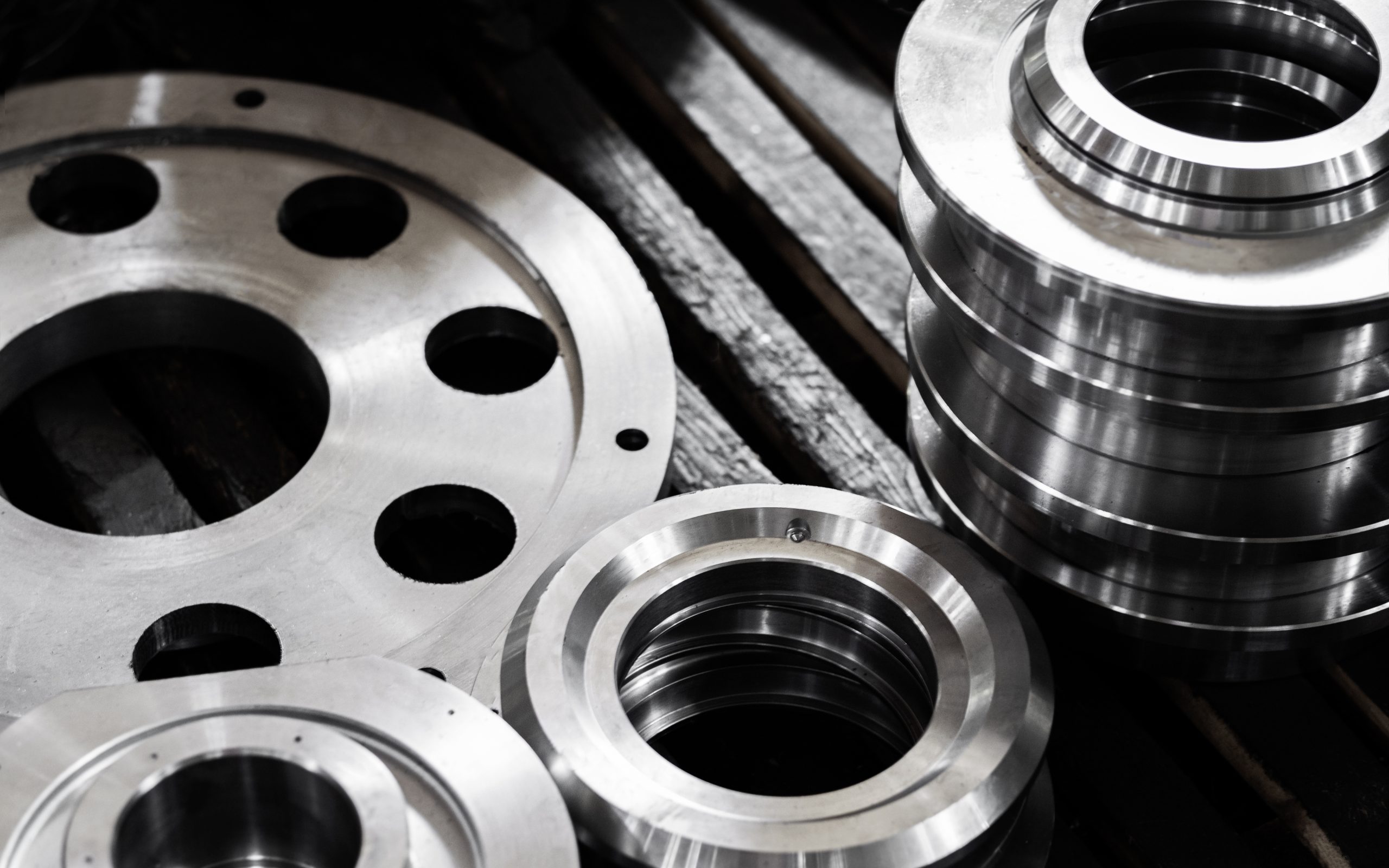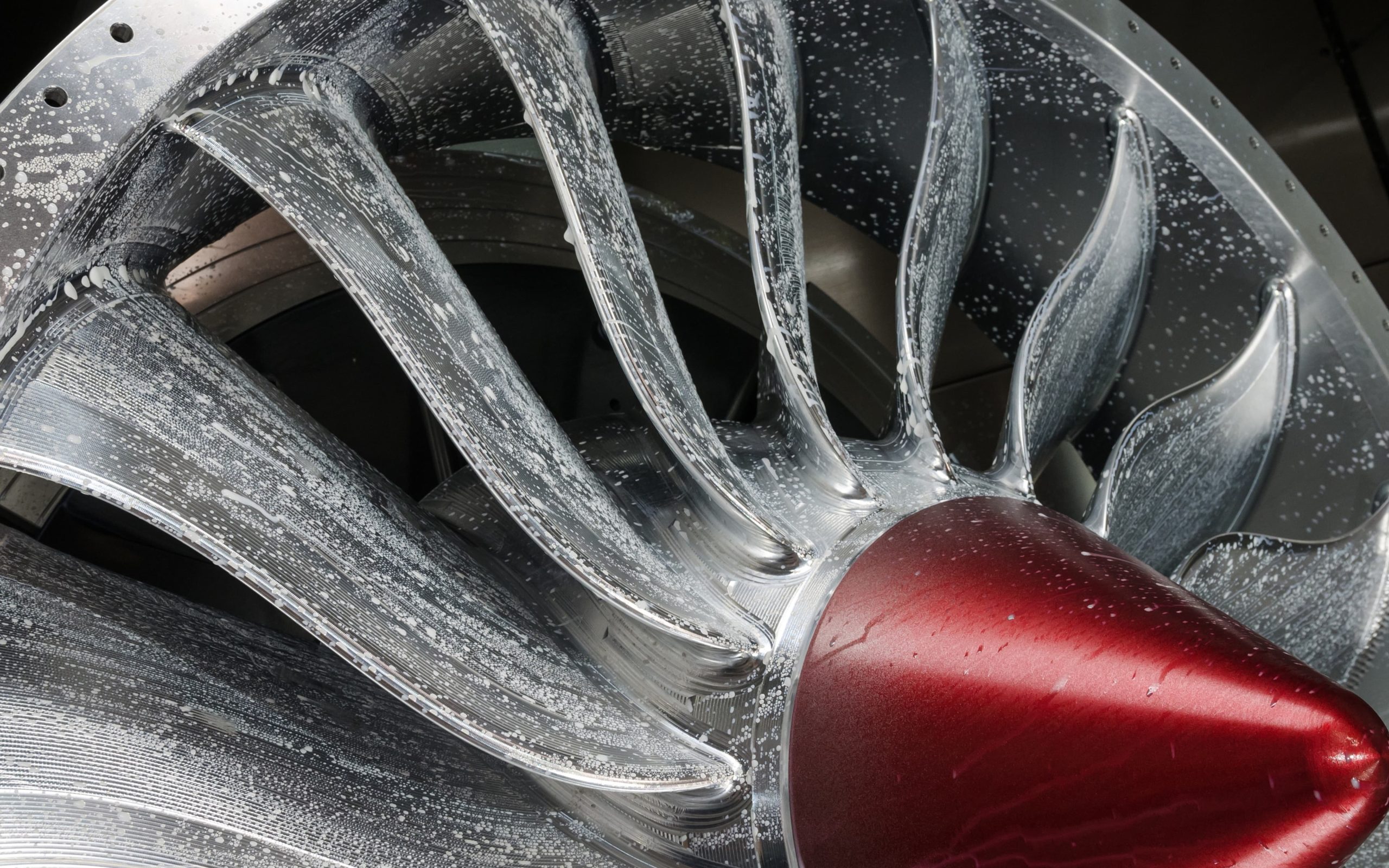Abrasive Media Basics: Essential Knowledge for Optimal Surface Finishing
25 февраля 2025 года
Abrasive media play a crucial role in surface finishing, deburring, cleaning, and material preparation. Understanding their properties, classifications, and applications can help you optimize your processes and achieve the best results. This FAQ provides a detailed breakdown of abrasive media fundamentals to guide you in making informed decisions.
1. What is Abrasive Media, and How Does It Work?
Abrasive media are solid particles used in blasting, grinding, or polishing to remove material from a surface. They work by impacting the surface under controlled conditions, removing contaminants, smoothing rough edges, or preparing materials for coating. The effectiveness of abrasive media depends on its hardness, shape, and size.

2. What are the Main Types of Abrasive Media?
Abrasive media can be broadly categorized into the following types:
- Mineral-Based Media: Includes aluminum oxide, silicon carbide, and garnet, known for their sharp cutting ability.
- Metal-Based Media: Includes steel shot and steel grit, which are durable and reusable.
- Organic Media: Includes walnut shells and corn cob, used for gentle cleaning and polishing.
- Synthetic Media: Includes ceramic and plastic abrasives, designed for controlled material removal.
- Стеклянные бусины: Used for achieving a smooth, polished finish without aggressive cutting.
3. How is Abrasive Media Classified?
Abrasive media are classified based on:
- Grit Size: Determines the coarseness of the media, ranging from fine to coarse.
- Твердость: Measured using the Mohs scale, indicating the ability to cut through materials.
- Форма: Angular, rounded, or irregular, influencing cutting action and finish quality.
- Плотность: Affects impact energy and cutting efficiency.
4. What are the Differences Between Coated, Bonded, and Loose Abrasive Media?
- Coated Abrasives: Found in sandpaper and belts, where abrasive grains are bonded to a backing material.
- Bonded Abrasives: Used in grinding wheels and cutting discs, where abrasives are bonded together with resins or vitrified materials.
- Loose Abrasives: Includes blasting and tumbling media, where free-flowing particles impact the surface.
5. How Does Grit Size Impact Surface Finishing Results?
- Fine Grit (Higher Numbers): Produces a smoother finish with minimal material removal.
- Medium Grit: Offers a balance between material removal and surface refinement.
- Coarse Grit (Lower Numbers): Removes material quickly but leaves a rougher surface.
6. What Factors Determine the Hardness of Abrasive Media?
- Состав материала: Harder materials like aluminum oxide and silicon carbide offer aggressive cutting.
- Manufacturing Process: Heat treatment and crystallization affect media hardness.
- Mohs Hardness Scale: Used to compare the hardness of abrasive materials.
7. What is the Mohs Hardness Scale, and Why is It Important?
The Mohs scale ranks materials from 1 (softest) to 10 (hardest). It helps in selecting the right abrasive media for different applications. Harder abrasives, such as silicon carbide (Mohs 9-10), cut faster but wear down softer materials quickly, while softer abrasives, like walnut shells (Mohs 3-4), are ideal for delicate surfaces.

8. How Do Different Abrasive Media Shapes Affect the Blasting Process?
- Angular Media (e.g., aluminum oxide, steel grit): Provide aggressive cutting and surface etching.
- Rounded Media (e.g., glass beads, steel shot): Create smooth finishes with minimal material removal.
- Irregular Media (e.g., crushed glass): Offer a balance between cutting ability and surface smoothness.
9. What is the Difference Between Wet and Dry Abrasive Blasting?
- Wet Blasting: Uses water to reduce dust, cool surfaces, and minimize media breakdown.
- Dry Blasting: Offers faster material removal but generates more airborne dust.
10. How Do Abrasive Media Interact with Different Materials?
- Soft Metals (e.g., aluminum, brass): Require non-aggressive media like plastic or walnut shells.
- Hard Metals (e.g., steel, titanium): Benefit from ceramic, aluminum oxide, or steel grit.
- Plastics & Composites: Best cleaned with plastic media to prevent surface damage.

11. What are the Typical Applications of Various Abrasive Media?
- Deburring & Edge Blending: Ceramic and plastic media.
- Rust & Paint Removal: Aluminum oxide and steel grit.
- Surface Preparation for Coatings: Garnet and crushed glass.
- Precision Finishing: Glass beads and walnut shells.
12. How Does Media Density Affect Cutting Efficiency and Surface Roughness?
Higher-density media deliver more impact force, removing material more efficiently, while lower-density media provide finer surface finishes with less aggressive action.
13. What is the Lifespan of Different Types of Abrasive Media?
- Steel Shot & Ceramic: Highly durable and reusable.
- Стеклянные бусины: Can be reused a few times before breaking down.
- Organic Media: Typically single-use due to rapid breakdown.
14. What are the Key Considerations When Storing Abrasive Media?
- Keep Dry: Moisture can cause clumping and contamination.
- Separate Media Types: Prevent cross-contamination for consistent results.
- Store in Sealed Containers: Protect from dust and debris.
15. What are the Main Safety Concerns When Working with Abrasive Media?
- Wear PPE, including gloves, masks, and eye protection.
- Ensure proper ventilation to minimize airborne dust.
- Follow manufacturer guidelines for handling and disposal.
16. How Does Abrasive Media Break Down Over Time?
- Harder Media: Lasts longer but can become less effective due to rounding edges.
- Organic Media: Быстро ломается, требуя частого пополнения запасов.
- Стекло и керамика: Постепенно распадается на более мелкие частицы.
17. Какое воздействие на окружающую среду оказывают различные абразивные материалы?
- Некоторые материалы, например кварцевый песок, представляют опасность для здоровья из-за мелкой пыли.
- Экологически чистые варианты включают гранат, скорлупу грецкого ореха и переработанное стекло.
- Правильная утилизация и переработка позволяют свести к минимуму вред, наносимый окружающей среде.
18. Существуют ли варианты биоразлагаемых или экологически чистых абразивных материалов?
Да, скорлупа грецкого ореха, кукурузные початки и некоторые виды граната являются биоразлагаемыми и экологически безопасными.
19. Как можно переработать или повторно использовать абразивные материалы?
- Стальные и керамические носители можно очищать и использовать многократно.
- Системы фильтрации помогают отделить мусор и продлить срок службы носителя.
- Некоторые органические среды можно компостировать после использования.
20. Каковы отраслевые стандарты для абразивных материалов?
- SAE (Общество автомобильных инженеров): Определяет размер зерна и характеристики носителя.
- ISO (Международная организация по стандартизации): Регулирует качество и безопасность.
- FEPA (Федерация европейских производителей абразивных материалов): Устанавливает системы классификации абразивных материалов.
Понимание основ абразивных материалов необходимо для оптимизации производительности, повышения эффективности и обеспечения безопасности использования. Если у вас есть вопросы по выбору подходящих абразивных материалов для вашего применения, обращайтесь к нашим специалистам за консультацией!
Фильтры














